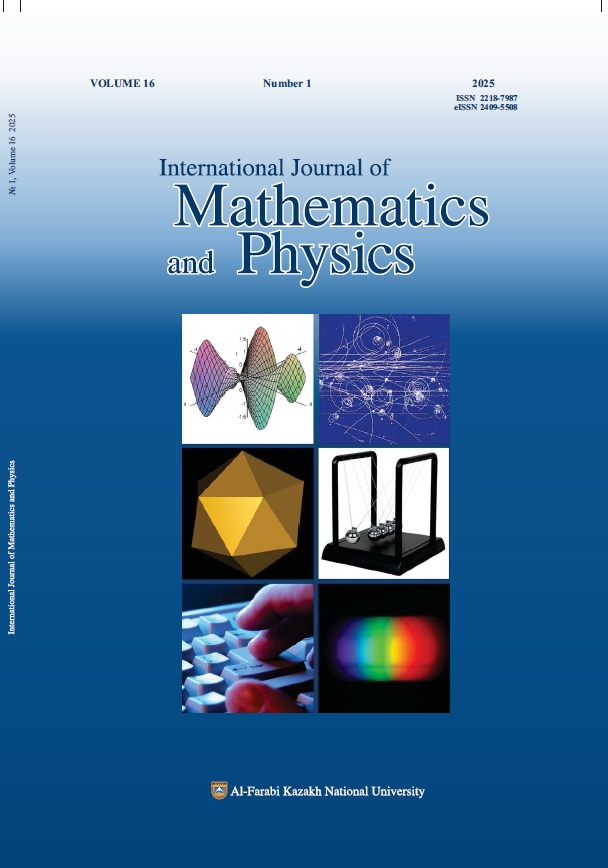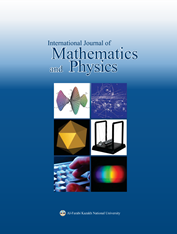STATISTICAL ANALYSIS OF THE SITUATION IN GEOSTATIONARY ORBITS
DOI:
https://doi.org/10.26577/ijmph.20251613Abstract
Statistical analyses of near-miss events involving geostationary zone objects from 2011 to 2024, derived from orbital propagation based on geostationary zone object orbital element catalogs and observational data of events, are presented. The data reveal a general increase in the number of near-miss events, attributable to the newly launched satellites and enhanced detection capabilities for space debris fragments. Notably, the average daily distribution of near-miss events exhibits longitudinal asymmetry, with a higher number of such events at 75°E longitude compared to 255°E. Conversely, potentially hazardous mutual approaches with distances as low as 10 km are more prevalent at 255°E. An investigation into the relationship between the average daily number of such events and the minimum object separation as a function of the catalog epoch indicates an increase in daily dangerous approaches within 1 km from 0.24 events/day in 2011 to 0.39 events/day in 2024. When considering a 20-meter collision threshold, the 2024 data suggest a potential collision event probability in geostationary orbit of one event per eight years. Projections based on the current trajectory of orbit occupancy suggest that, if prevailing trends persist, collision events in GEO could occur every six years by 2030 and every four years by 2040.
Keywords: Space debris, Near-Earth Space, Geostationary orbit, Near-Miss Events, Space situational awareness.





